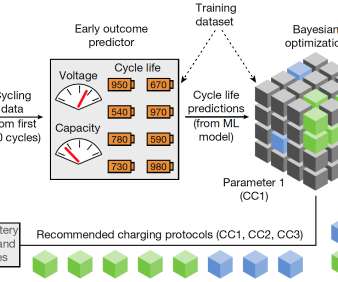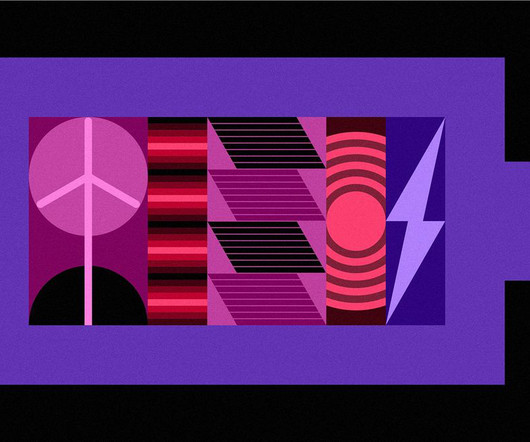MIT research team finds most efficient oxygen evolution reaction catalyst yet; potential for hydrogen production and rechargeable metal-air batteries
Green Car Congress
OCTOBER 28, 2011
A team of MIT researchers lead by Prof. John Goodenough from the University of Texas as Austin, has found one of the most effective catalysts yet discovered for the oxygen evolution reaction (OER) for use in water-splitting to produce hydrogen or in rechargeable metal-air batteries. pursuit of sustainable energy.

















Let's personalize your content